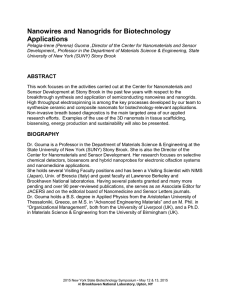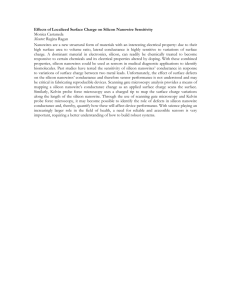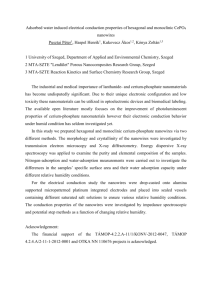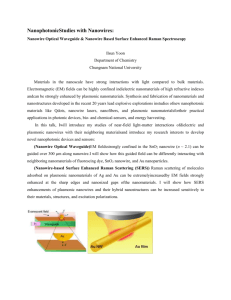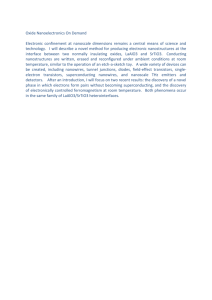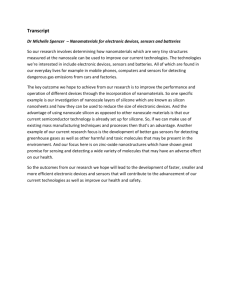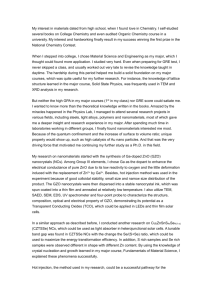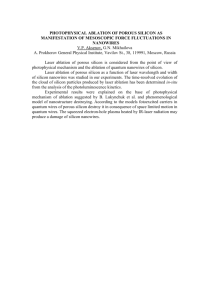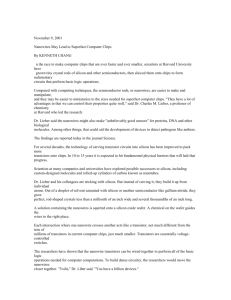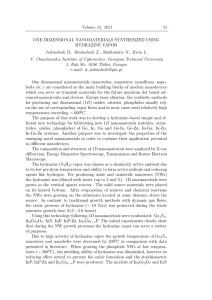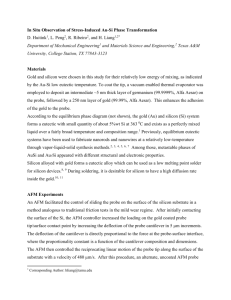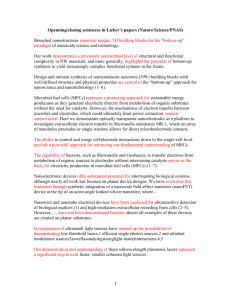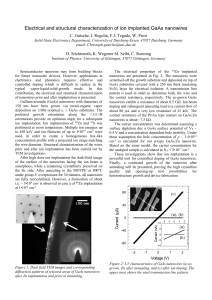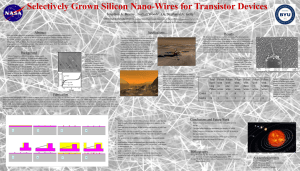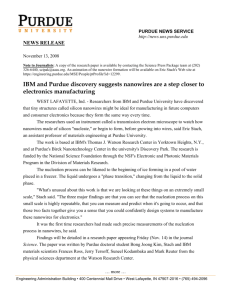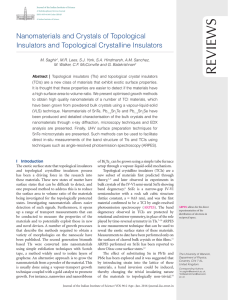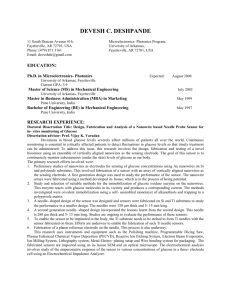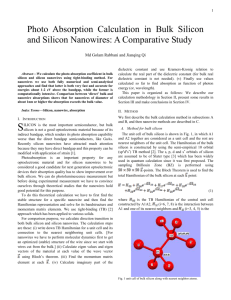El Nino and East Asian monsoon - Department of Physics and
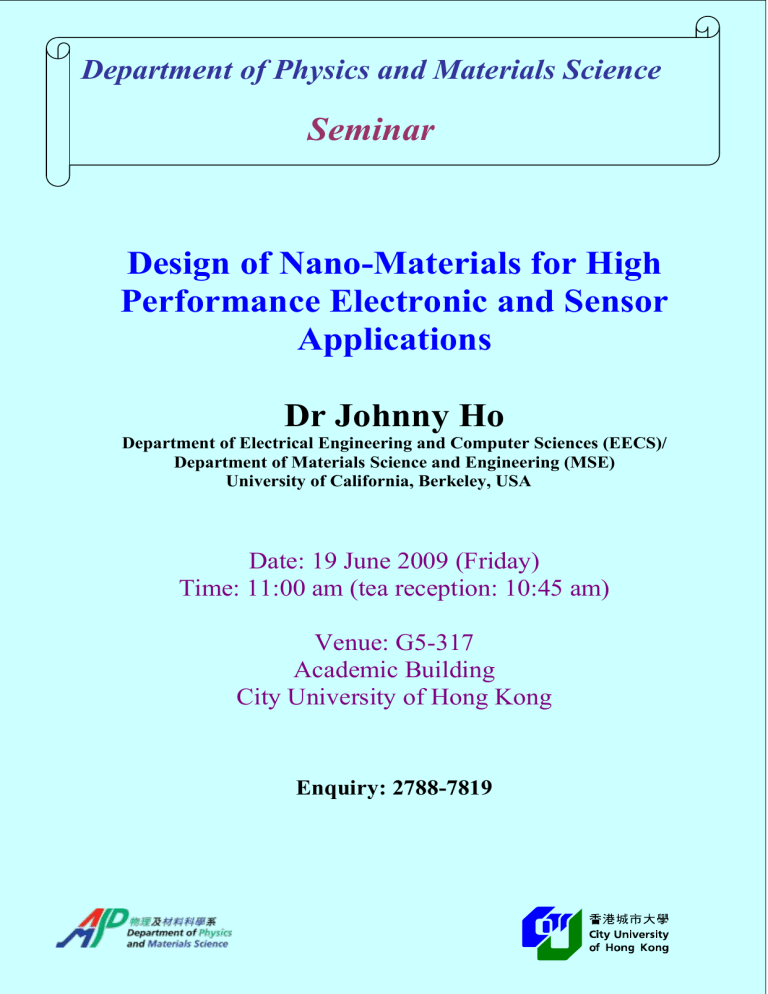
Department of Physics and Materials Science
Seminar
Design of Nano-Materials for High
Performance Electronic and Sensor
Applications
Dr Johnny Ho
Department of Electrical Engineering and Computer Sciences (EECS)/
Department of Materials Science and Engineering (MSE)
University of California, Berkeley, USA
Date: 19 June 2009 (Friday)
Time: 11:00 am (tea reception: 10:45 am)
Venue: G5-317
Academic Building
City University of Hong Kong
Enquiry: 2788-7819
Design of Nano-Materials for High
Performance Electronic and Sensor
Applications
Dr Johnny Ho
Department of Electrical Engineering and Computer Sciences (EECS)/
Department of Materials Science and Engineering (MSE)
University of California, Berkeley, USA
ABSTRACT
Device scaling has been one of the main driving forces for technology advancement in the semiconductor industry over last few decades. As this scaling continues into the future, serious fundamental and technological issues will arise as a result of the limitations of conventional device fabrication and materials. Among these many challenges, in particular, there is a tremendous need for new processing technologies to control atomic composition in silicon structures, as well as the application of new nanoscale high mobility channel and sensor materials.
In this talk, I will discuss my newly developed nanoscale doping scheme and nanomaterials assembly approaches for electronic and sensor applications to tackle those challenges. The doping technology relies on the formation of a highly uniform, self-limiting, covalently bonded monolayer of dopant containing molecules on the surface of semiconductor materials and a subsequent annealing step to drive in the dopants. Utilizing this method, the formation of sub-5 nm ultrashallow junctions in silicon has been achieved. Additionally, high mobility, optical active nanomaterials such as indium arsenide, germanium/silicon core/shell and cadmium selenium nanowires have been carefully characterized. Combined with the nanowire printing techniques, nanowires are heterogeneously integrated to
enable an all-nanowire circuitry with on-chip integration, capable of detecting and amplifying an optical signal with high sensitivity and precision. The process is highly reproducible and scalable with a yield of ~80% functional circuits to facilitate the fabrication of large arrays of nanowire photosensor circuitry with image sensing functionality. The ability to control atomic composition in silicon structures, assemble nanowires uniformly in well-defined locations and then interface nanowires with integrated electronics on large scales and with high uniformity presents an important advance toward the integration of nanomaterials for electronic and sensor applications.
